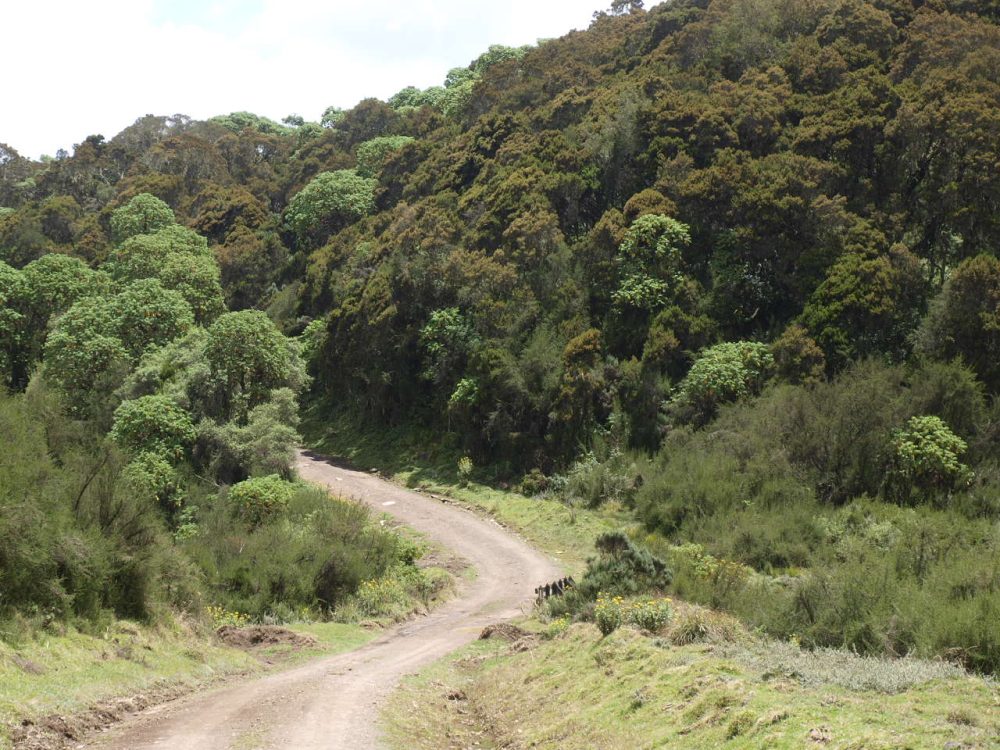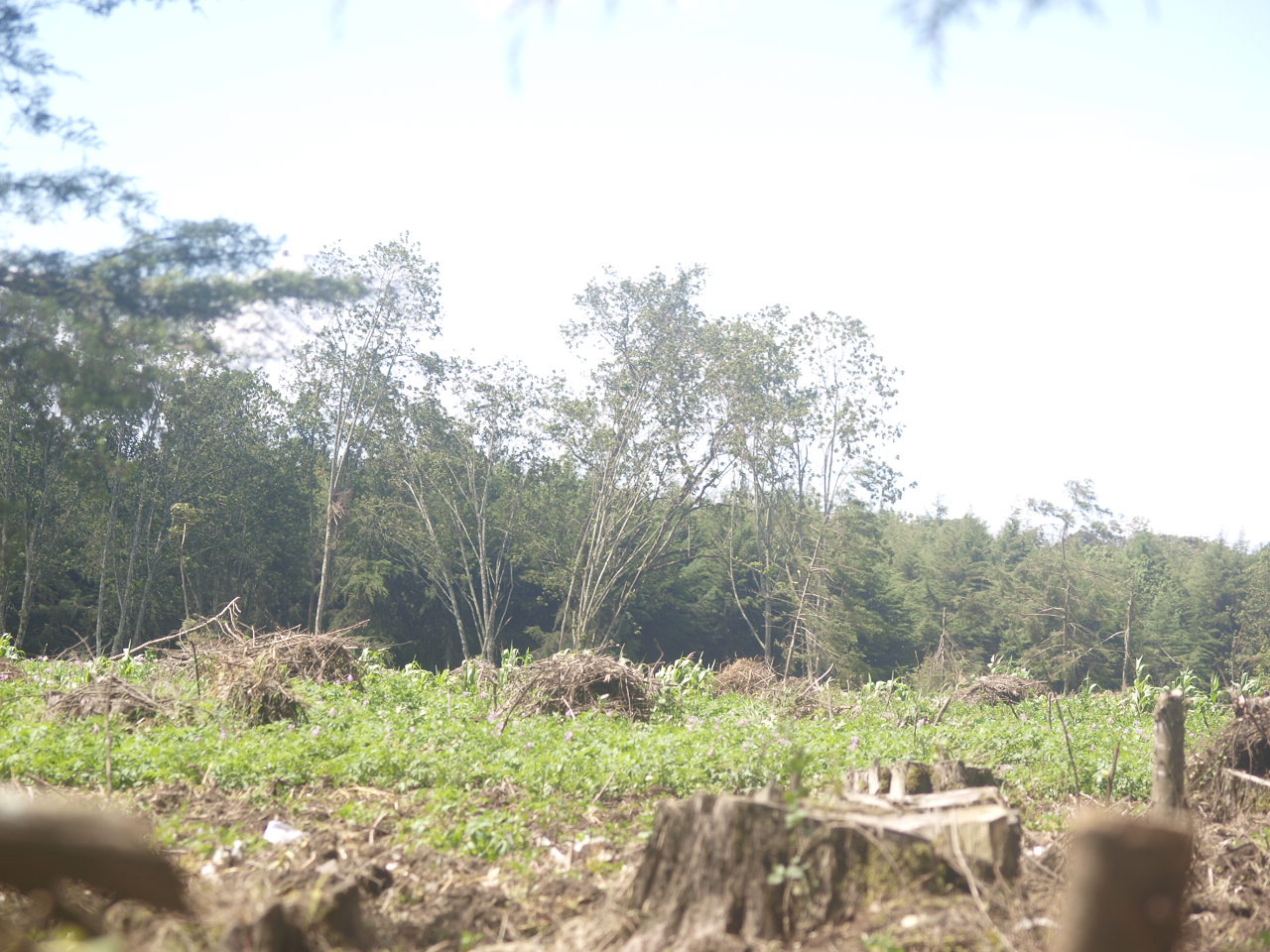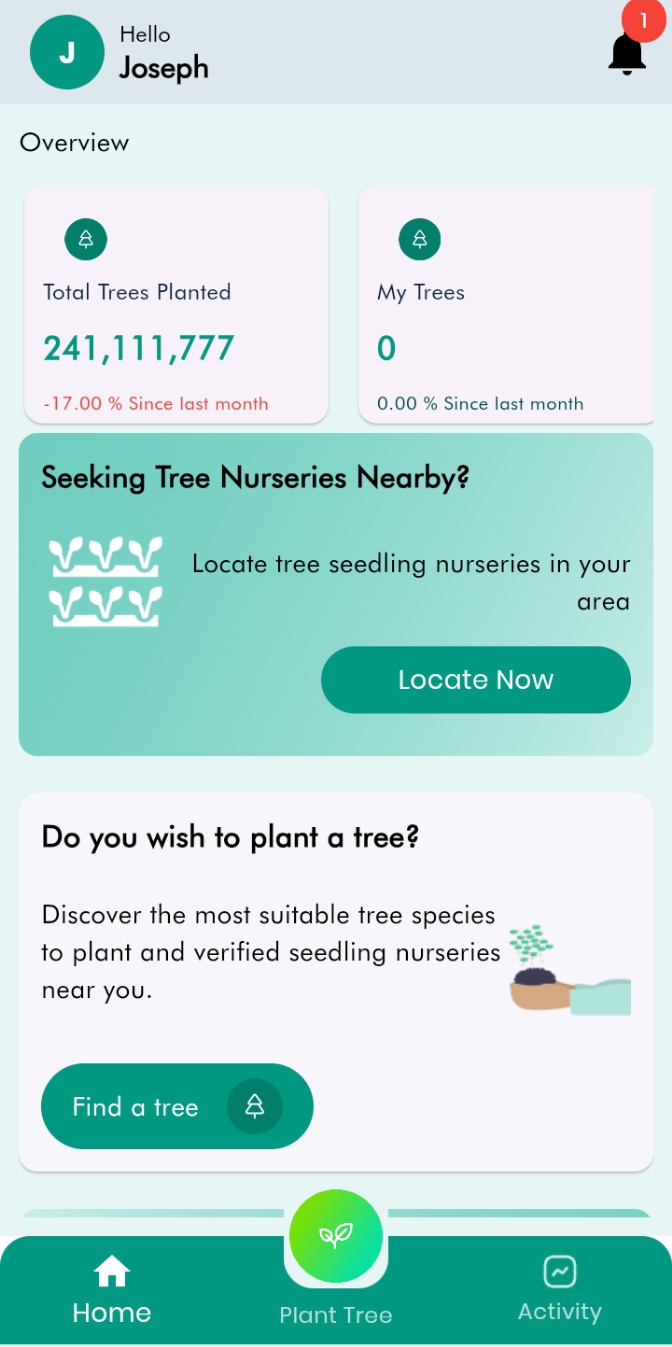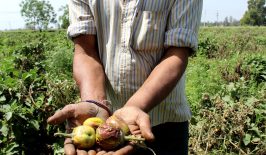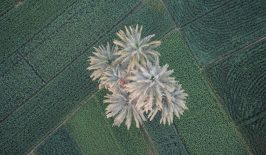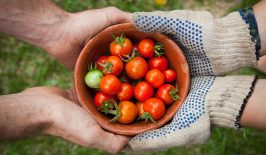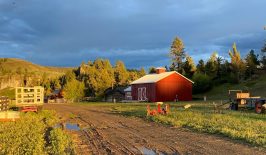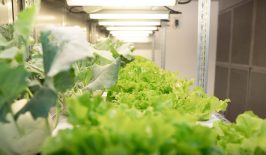In Kenya, digital technology is pivotal in enabling people’s involvement in countrywide projects geared towards sustainability.
2022 saw Kenya embarking on an ambitious plan to restore its forest cover through a 10-year program that taps into the goodwill and participation of citizens. The government intends to plant 15 billion trees by 2032 in a bid to achieve over 30 percent tree cover over the next decade.
Dubbed Jazamiti, Swahili for “filling up with trees”, the move involves the mass grassroots mobilisation of citizens to plant trees across the country. The ambitious program is part of wider efforts to fight climate change, especially as the East African country reels from its effects, including five consecutive below-average rainy seasons, causing the longest and most severe drought in recent history.
Citizen engagement is at the core of the model
In an attempt to compact this, the government, through the Kenyan Ministry of Environment and Climate Change & Forest ICT, developed and rolled out the Jazamiti app. This mobile tool documents, tracks and monitors the planting and growth of trees planted in the country.
The app promotes citizen engagement by enabling interaction through social feeds, sharing updates and participating in tree-planting events. It promotes sustainable tree planting practices to enhance environmental conservation while acting as a hub of information on tree species.
The app also enables people in different parts of the country to select appropriate species to plant in their specific ecological zones. Within the app, users can gather information about various trees’ growth requirements, benefits and ecological significance.
Joel Kimani, a resident of Nakuru County in Kenya’s Rift Valley, downloaded the app as soon as it was launched. He’s used it to select the trees to plant on his three-acre farm. He said the app enabled him to cull some trees he planted many years ago, as they were unsuited for his region.
“Over the years, I would buy trees in nurseries during my travels in other parts of the country and plant them on my farm,” Kimani told RESET. “Some of the trees did well but some failed to grow properly. With the guidance of this app, I have planted new trees suited to this general area. I have also replaced some of those that didn’t do well.”
Jazamiti empowers communities to get their hands dirty
Tree planters are categorised based on the number of trees planted. The lowest rung for beginners ranges from 1-500 trees while the silver category ranges between 50,000-500,000. Clearly, the app incentivises users to aim to plant as many trees as possible, with gamification elements to encourage increased engagement.
Users can register either as individuals or as organisations. As of July 2024, the app showed that more than 241 million trees had been planted under the program in the country.
Further, the Jazamiti app has a feature that enables people to locate nearby tree seedling nurseries to pick up trees to plant. People who run tree seedling nurseries can register their enterprises in the app to make it easier for people to locate them. Helpfully, the app also offers instructions on how to plant the selected tree.
Users can also create tree-planting events. With this feature, the user can set the date, time, and location for a tree-planting event and invite other users to participate. As with a social media platform, Jazamiti enables users to share the highlights of their tree-planting activities using uploaded photos and updates on their profiles or via the app’s social feed.
Jazamiti also has an offline feature that enables users to access various services without a mobile connection. This comes in very handy in more rural locations where infrastructure tends to be more limited.
Looking forward to a greener, more sustainable future
“Trees play a crucial role in mitigating climate change, improving air quality, preventing soil erosion and supporting biodiversity,” stated the Kenya Forestry Research Institute (KEFRI). “By making tree planting accessible and engaging, the app helps promote sustainable environmental practices.”
As Kimani strolls his land, a gush of excitement and optimism overcomes him as he observes the robust seedlings he planted on his farm with the Jazamiti app’s guidance.
“Thanks to the app, I planted three different tree species suited to this area: Albizia amara, Dombeya torrida, and Fraxinus pennsylvanica, also known as Mexican ash. These seedlings have reignited fresh hopes in my farm’s potential to produce the best. I’m also glad to be part of the wider mission to prevent further climate disasters in our country through this program, albeit in a small way.”
